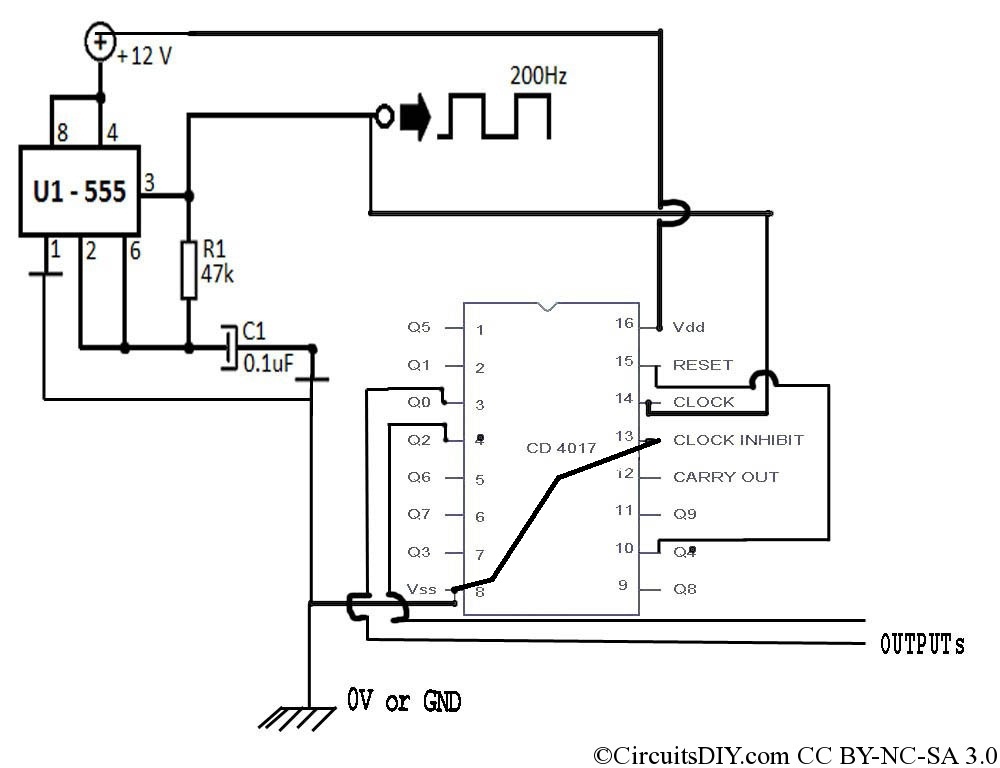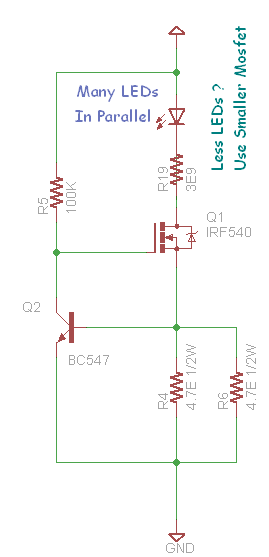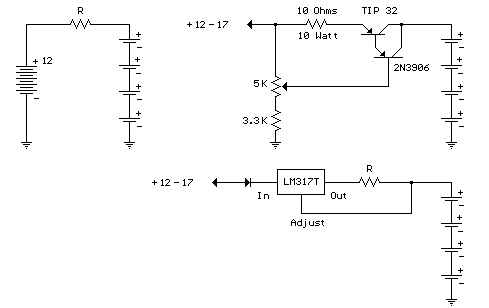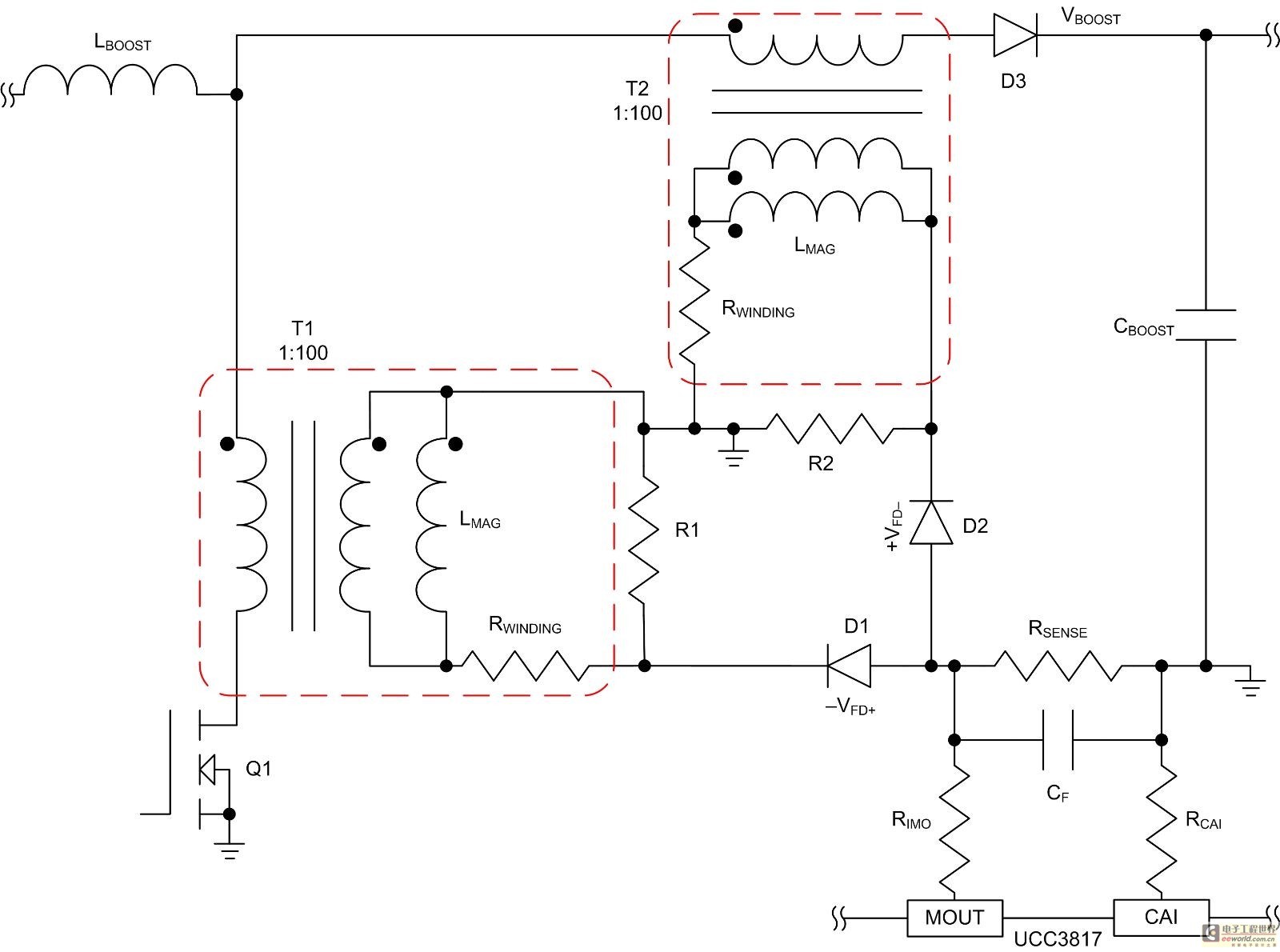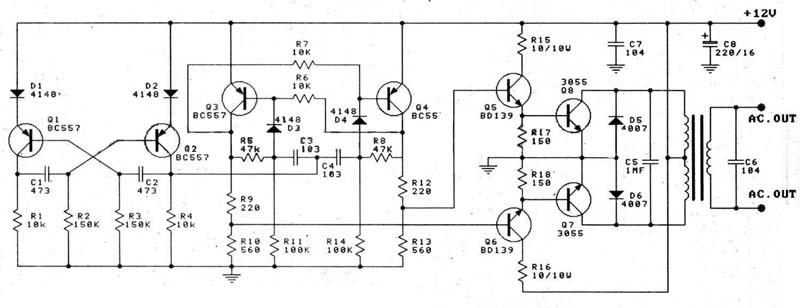
inverter to change dc current to ac
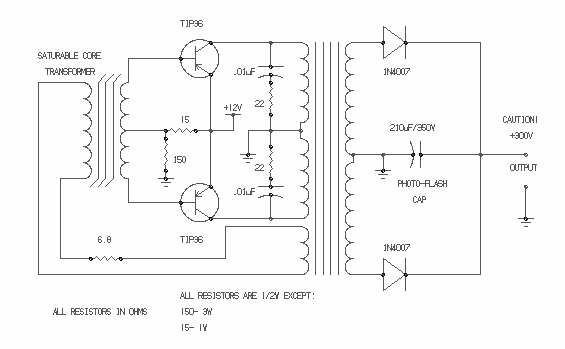
Afshin Izadian at Indiana University has developed a new power inverter that utilizes a single switching transistor and is capable of generating infinite-level voltages.
The power inverter designed by Afshin Izadian represents a significant advancement in the field of power electronics. Traditional inverters typically rely on multiple switching components to convert direct current (DC) to alternating current (AC) while managing voltage levels. In contrast, this innovative design simplifies the architecture by employing only a single switching transistor.
The operational principle of this inverter hinges on the ability to manipulate the duty cycle of the switching transistor to achieve an extensive range of output voltages. By adjusting the on-off timing of the transistor, it is possible to create various voltage levels, effectively generating what is termed infinite-level voltages. This capability can lead to enhanced efficiency and reduced complexity in inverter design, potentially lowering manufacturing costs and improving reliability.
The implications of this invention are profound, particularly in applications where space and weight are critical factors, such as in renewable energy systems, electric vehicles, and portable electronic devices. The use of a single transistor not only minimizes component count but also simplifies control circuitry, making it easier to implement advanced modulation techniques that can optimize performance under varying load conditions.
Furthermore, this inverter design may pave the way for new applications in power management systems, where precise voltage control is essential. Future research may focus on integrating this technology with energy storage solutions and smart grid applications, providing a versatile tool for modern energy systems.
Overall, the introduction of a power inverter that operates with a single switching transistor and generates infinite-level voltages could significantly influence the landscape of power electronics, promoting innovations in efficiency, scalability, and application diversity.Afshin Izadian at Indiana University has invented a new power inverter that employs just a single switching transistor and generates infinite-level voltages.. 🔗 External reference
The power inverter designed by Afshin Izadian represents a significant advancement in the field of power electronics. Traditional inverters typically rely on multiple switching components to convert direct current (DC) to alternating current (AC) while managing voltage levels. In contrast, this innovative design simplifies the architecture by employing only a single switching transistor.
The operational principle of this inverter hinges on the ability to manipulate the duty cycle of the switching transistor to achieve an extensive range of output voltages. By adjusting the on-off timing of the transistor, it is possible to create various voltage levels, effectively generating what is termed infinite-level voltages. This capability can lead to enhanced efficiency and reduced complexity in inverter design, potentially lowering manufacturing costs and improving reliability.
The implications of this invention are profound, particularly in applications where space and weight are critical factors, such as in renewable energy systems, electric vehicles, and portable electronic devices. The use of a single transistor not only minimizes component count but also simplifies control circuitry, making it easier to implement advanced modulation techniques that can optimize performance under varying load conditions.
Furthermore, this inverter design may pave the way for new applications in power management systems, where precise voltage control is essential. Future research may focus on integrating this technology with energy storage solutions and smart grid applications, providing a versatile tool for modern energy systems.
Overall, the introduction of a power inverter that operates with a single switching transistor and generates infinite-level voltages could significantly influence the landscape of power electronics, promoting innovations in efficiency, scalability, and application diversity.Afshin Izadian at Indiana University has invented a new power inverter that employs just a single switching transistor and generates infinite-level voltages.. 🔗 External reference
Warning: include(partials/cookie-banner.php): Failed to open stream: Permission denied in /var/www/html/nextgr/view-circuit.php on line 713
Warning: include(): Failed opening 'partials/cookie-banner.php' for inclusion (include_path='.:/usr/share/php') in /var/www/html/nextgr/view-circuit.php on line 713
